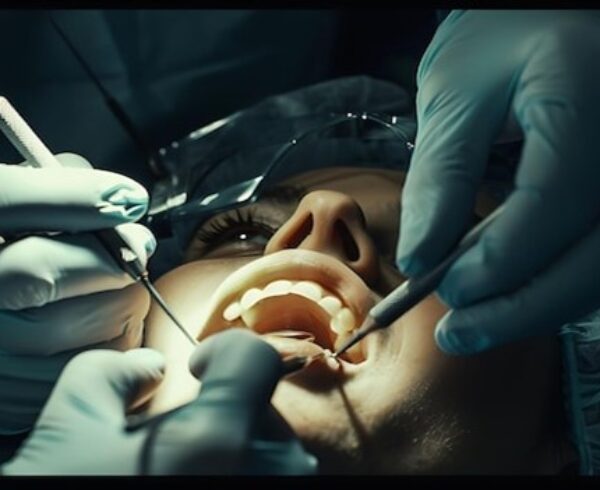Dental implants have revolutionised the way we restore missing teeth, offering a long-lasting and natural-looking solution. However, not all dental implants are the same. At The Ackerman Clinic, we specialise in both traditional implants and zygomatic implants, catering to the unique needs of our patients. If you’re considering dental implants, it’s important to understand the differences between these two options and determine which is right for you.
What Are Traditional Dental Implants?
Traditional dental implants are the most common type of implant used in dentistry. They involve placing a titanium post into the jawbone, which acts as a root for the replacement tooth. Once the post has fused with the bone, a crown is attached, resulting in a stable and permanent solution for missing teeth.
Ideal Candidates: Traditional implants are ideal for patients with sufficient jawbone density. They require a healthy amount of bone to support the implant, which can be a limitation for those who have experienced significant bone loss.
Procedure: The process usually involves multiple stages, including an initial consultation, implant placement, a healing period (for osseointegration), and finally, the attachment of the crown. This process can take several months to complete but offers a highly reliable and durable result.
What Are Zygomatic Implants?
Zygomatic implants are a specialised type of implant designed for patients who have insufficient bone in the upper jaw. Unlike traditional implants, which are anchored in the jawbone, zygomatic implants are anchored in the zygomatic bone (cheekbone). This alternative placement allows patients with severe bone loss to receive implants without the need for bone grafting.
Ideal Candidates: Zygomatic implants are suitable for patients with significant bone loss in the upper jaw, particularly those who may not be candidates for traditional implants. They are often recommended for patients who have previously been told they are not suitable for dental implants due to inadequate bone structure.
Procedure: The procedure for zygomatic implants is more complex and requires specialised training. However, it is often completed in a single surgical session, allowing for quicker results and less time in the dental chair compared to traditional implants.
Zygomatic Implants vs. Traditional Implants: Key Differences
- Bone Requirements: Traditional implants require sufficient jawbone density, while zygomatic implants are ideal for patients with severe bone loss in the upper jaw.
- Surgical Complexity: Zygomatic implants involve a more complex surgical procedure but can be completed in fewer appointments.
- Recovery Time: Recovery time can vary, but zygomatic implants often allow for quicker rehabilitation since they are placed in denser bone.
Which Is Right for You?
Choosing between traditional implants and zygomatic implants depends on several factors, including your bone density, overall oral health, and personal preferences. At The Ackerman Clinic, our experienced team will conduct a thorough evaluation to determine the best option for your needs. We are dedicated to providing personalised care and ensuring you receive the most suitable treatment for your situation.
Conclusion
Dental implants are a transformative solution for missing teeth, but choosing the right type is crucial for achieving the best results. Whether you opt for traditional implants or zygomatic implants, The Ackerman Clinic is here to guide you through the process and ensure you receive the highest standard of care. Contact us today to schedule a consultation and take the first step towards restoring your smile.






